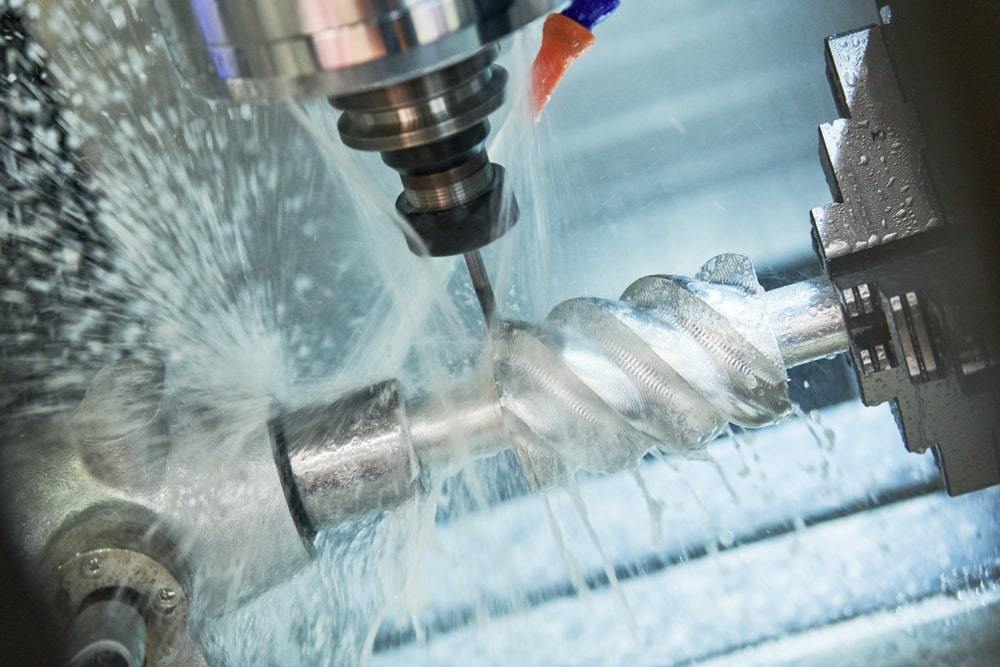The Tolerance Needed in CNC machining
Numerically Controlled machining is the use of programming and electrical components that control the milling of metal components as necessary. A Device performs all operations upon that workpiece depending on the program to produce the finished result.
There will always be variability.
The ultimate measurements of whether two items manufactured and used the same production process or the same CNC machine are always slightly off. Whatever CNC machine one uses, it isn’t easy to make identical components with precise dimensions.
Establishing this standardized tolerance limit accounts for the variance in final measurement across two items manufactured on another CNC machine. This tolerances limit specifies the most significant permissible discrepancy between the two components’ respective dimensions.
Common Numerical Control Tolerances
When specifying product dimensions, engineering limitations are a must. Unless the client requests otherwise, the parts are typically manufactured to a generic accuracy grade.
As a result, it would be in the developer’s best interest to set part specifications for such relevant features when submitting it to Numerical control. It assures client satisfaction while also lowering retooling expenses again for the Numerical control shop if something does not meet the criteria.
They imply that adequate features do not require tolerances for each dimension. It would reverse reaction since adding criteria to each test will result in a more expensive component. We usually limit it to a part’s characteristics that pair with other parts. That guarantees that the elements fit nicely inside of an arrangement & function as planned.
Tolerances Should Be Limited
This limit acceptability calculates the basis and highest permitted quantity for a measurement. Each matching dimension of the produced components must lie among these two locations for usage inside the assembly.
Unilateral Tolerances
With unilateral tolerance, any range of parameters is a term in just one way. We allow departure from the asset value with one side in these other terms.
Basic maintenance in CNC
Extensive cleanup is necessary, so each three months more than. It includes cleaning the reservoir tank of sludge, shards, and oil. Maintaining the head and mouthparts are now an essential aspect of the job. Its hydraulic tank must also drain constantly, and the mechanical oil, line filtering, and evacuation filter change.
Regular cleaning
Cleaning your radiator and ensuring the radiator’s fins are level is another crucial task done in 6 weeks. Besides replacing the lubricant, it’s critical to empty and clean your lubrication unit. Whether your computer has a thermostat, it should be emptied and replenished.
Crushers, lathes, and other Cutting tools are fantastic devices, yet they all need serious maintenance to make them run at peak performance. Maintenance might be inconvenient, but that is required for any machine business or even an enthusiast to perform every month to minimize breakdowns or operating inefficiencies. As a result, this essay will function as an excellent introduction to the art of CNC maintenance, presenting approximate principles which should function with the majority of conventional grinders and lathes. The leveling of any machine is an important thing to undertake. If the numbers are off, make the required adjustments. Moving parts should be checked for damages, cleaned, & updated if abrasive wear arises.

